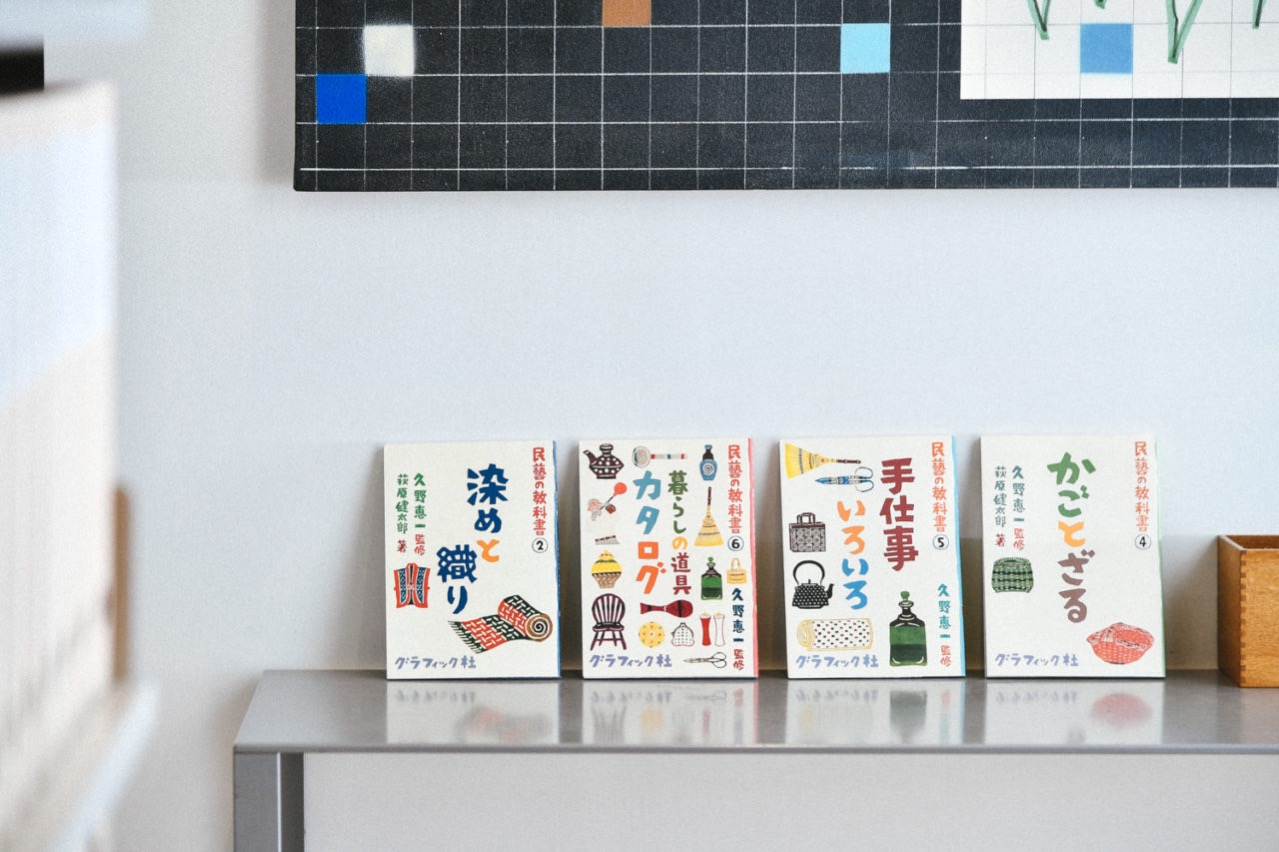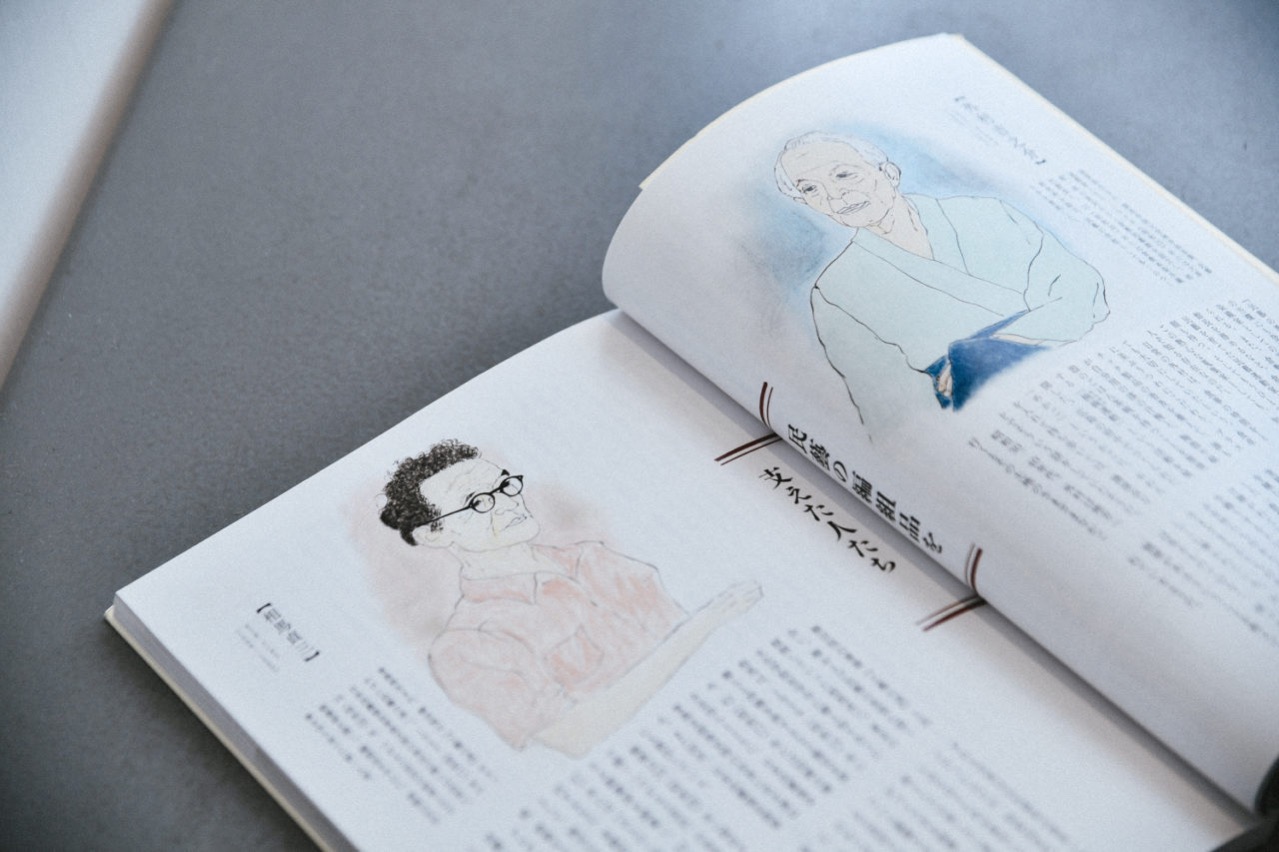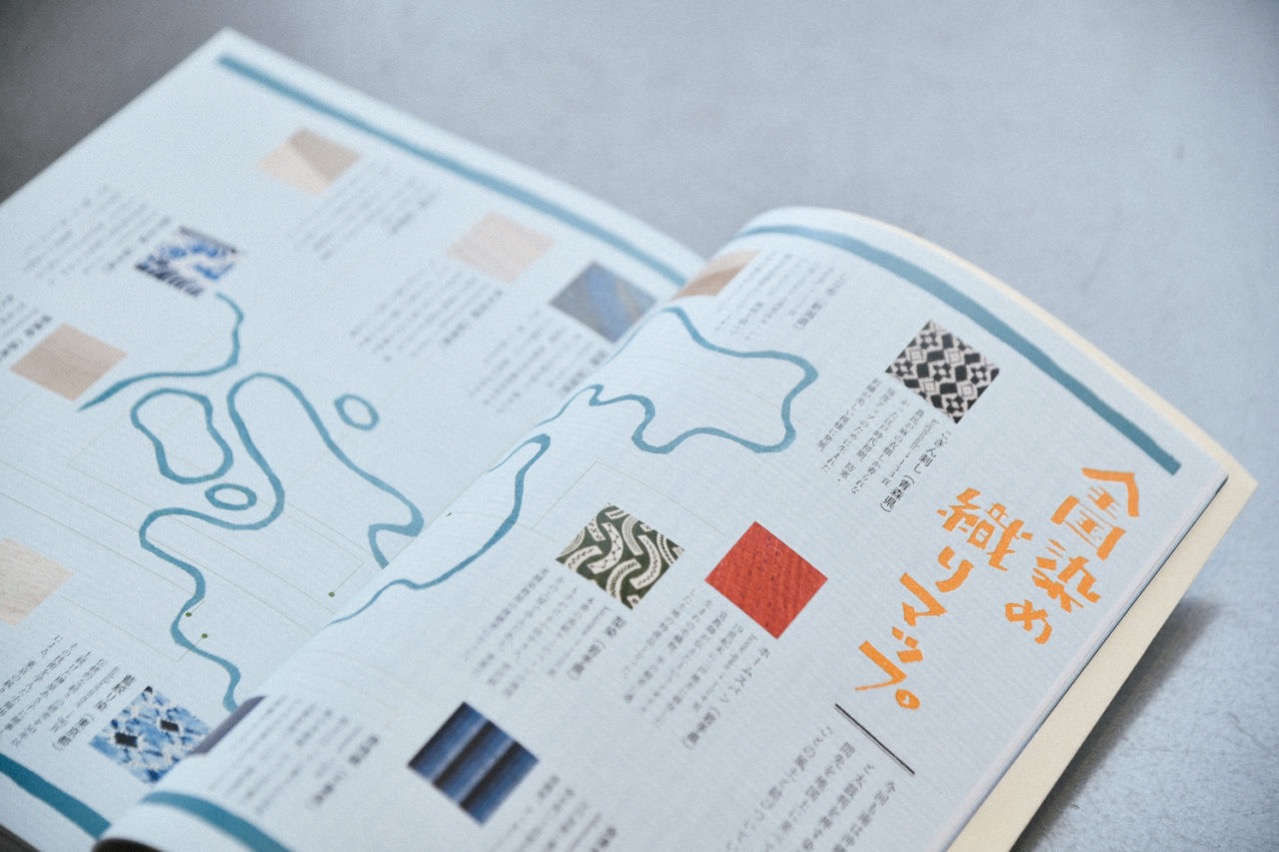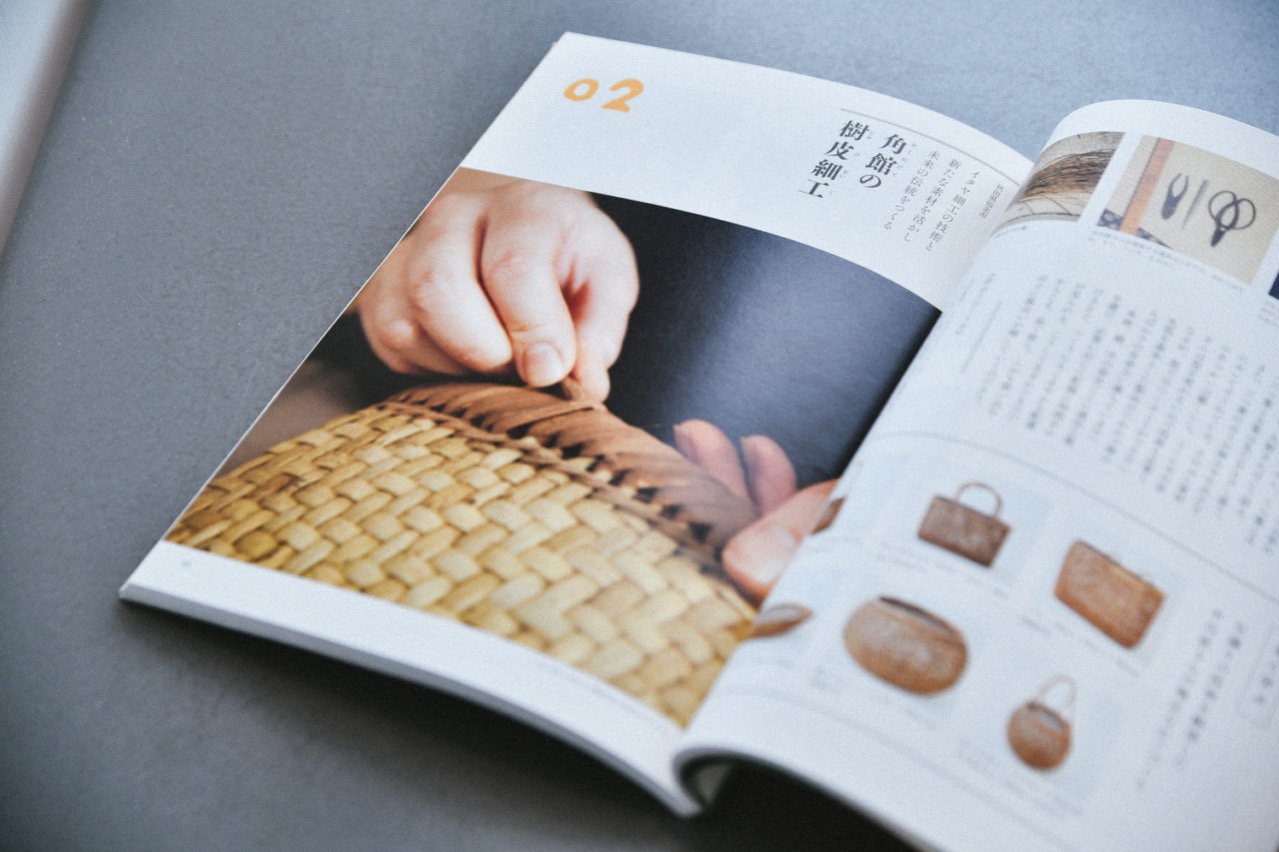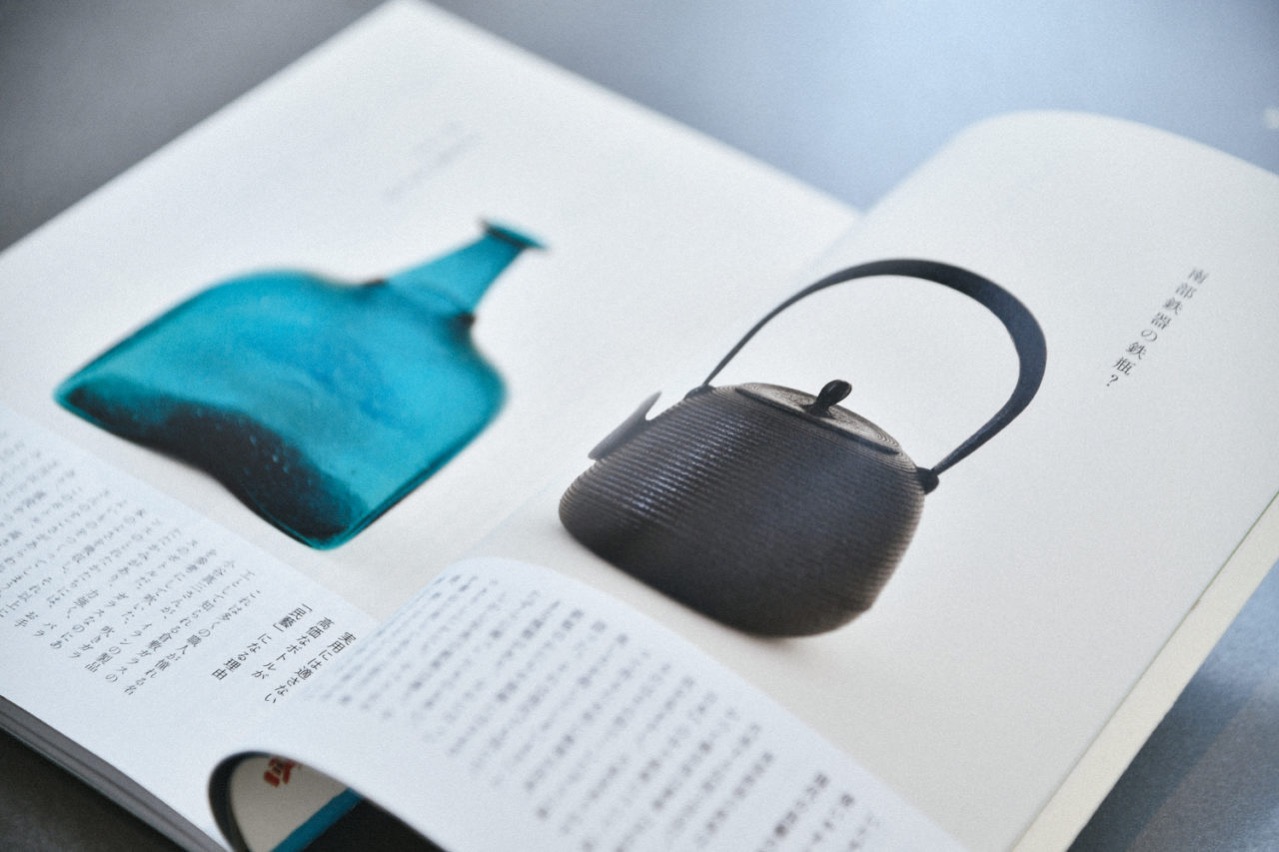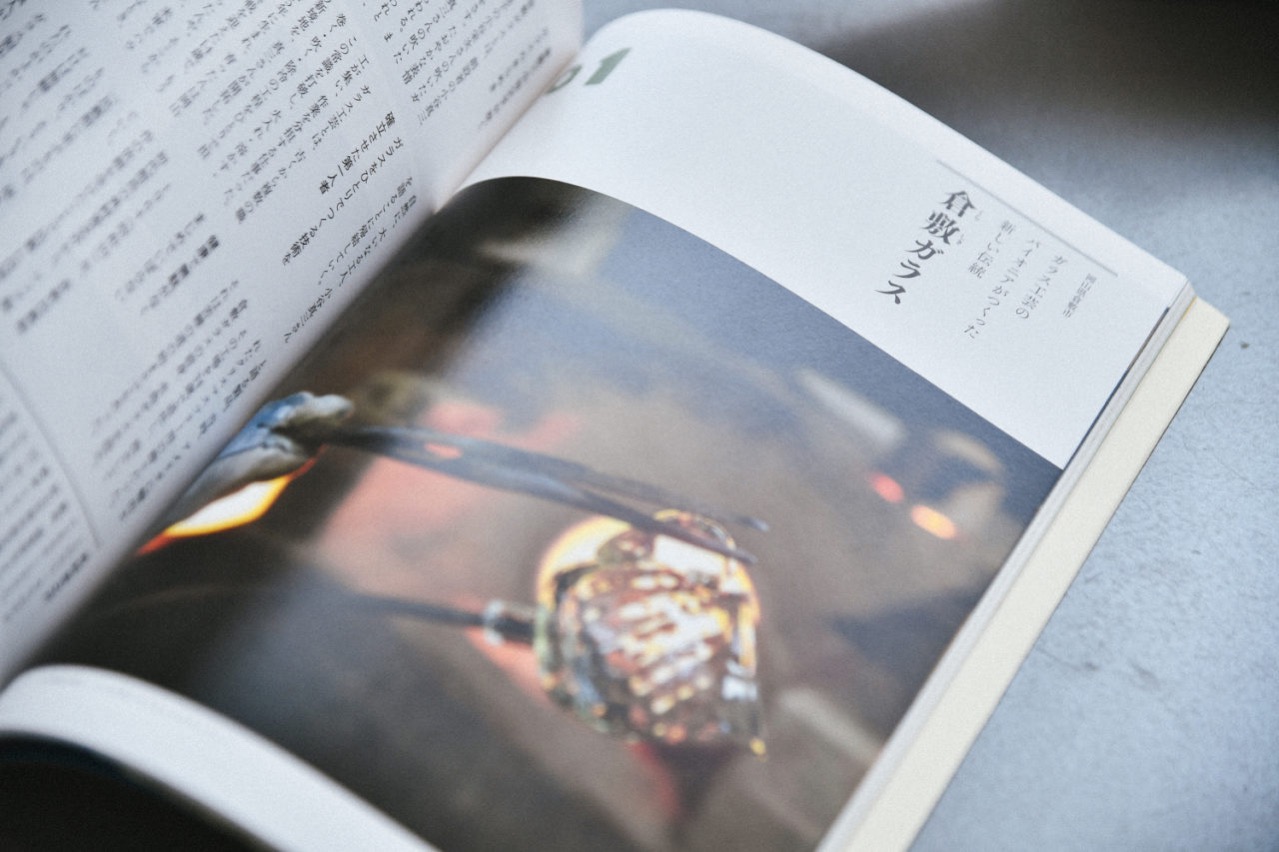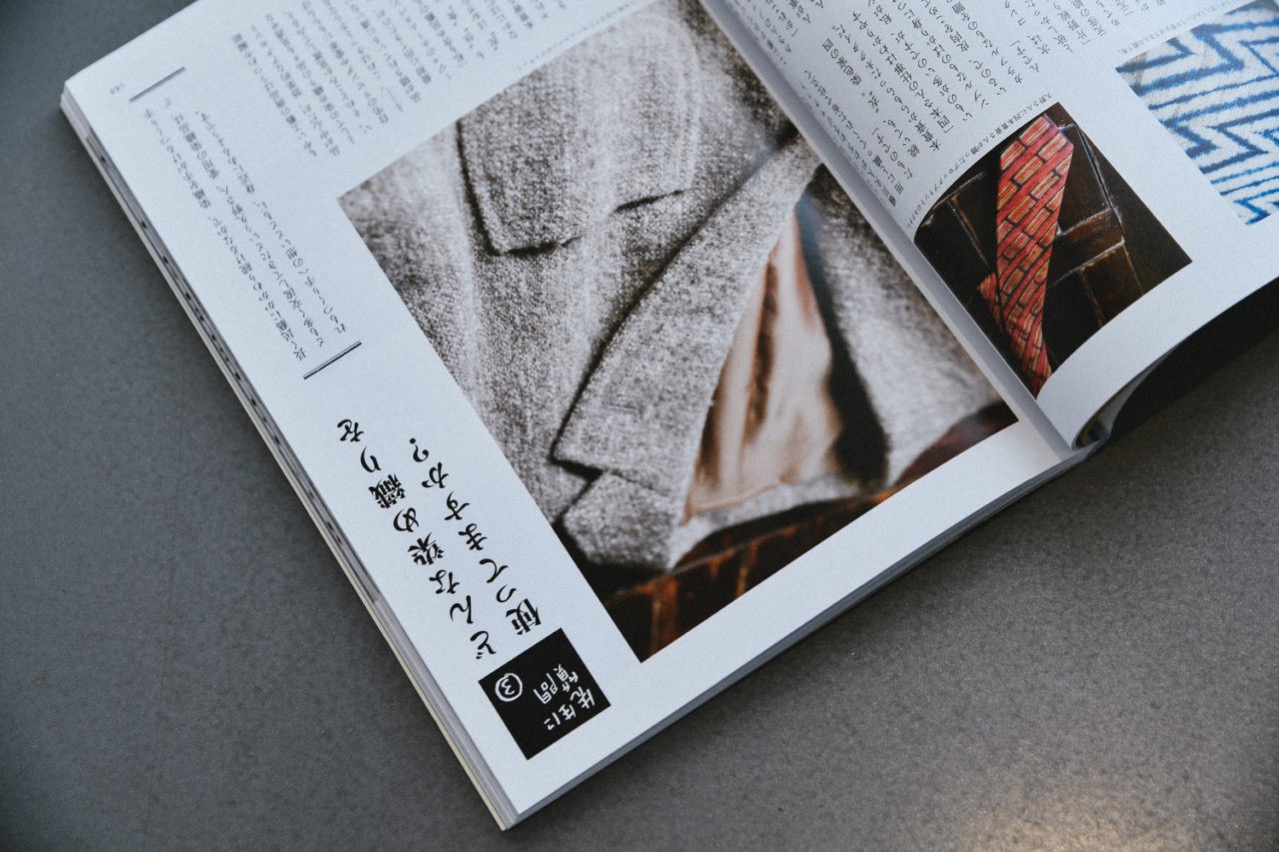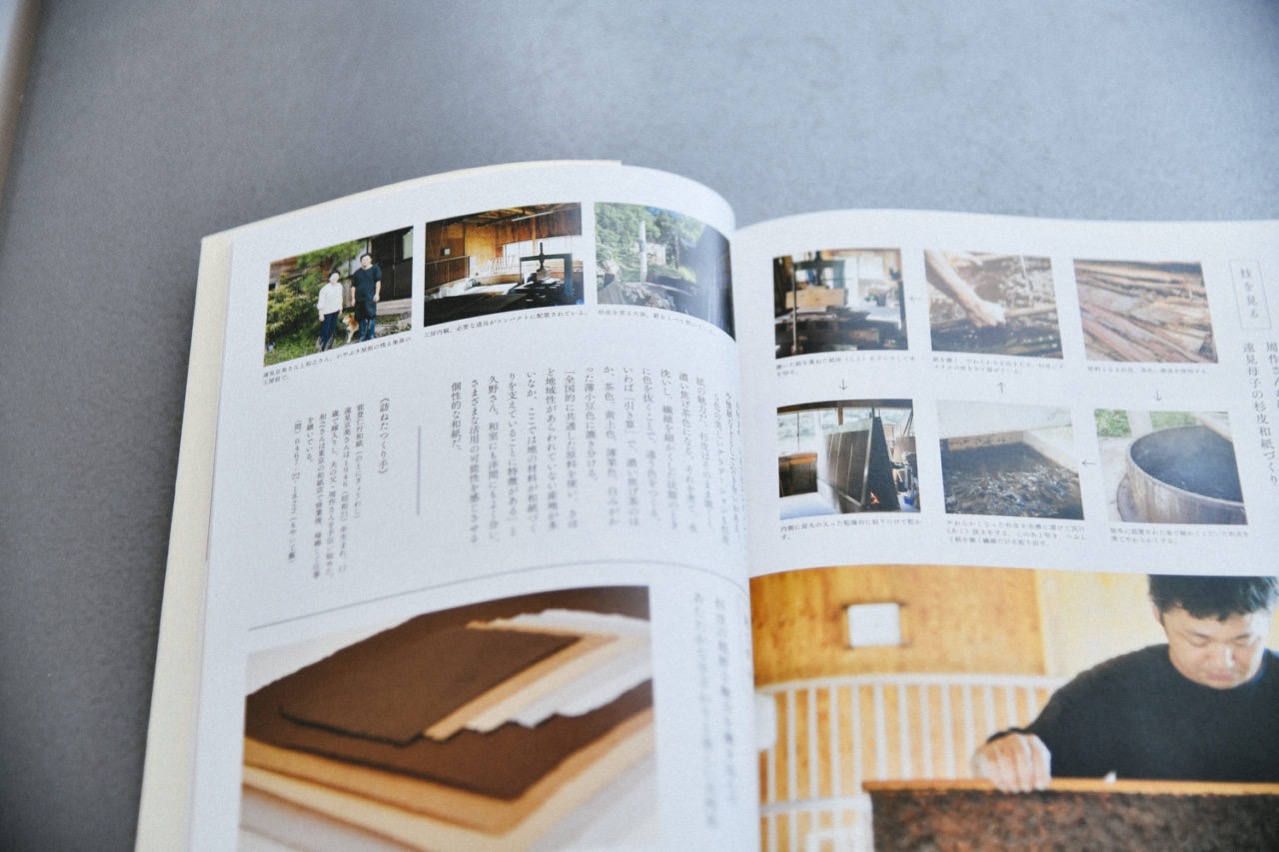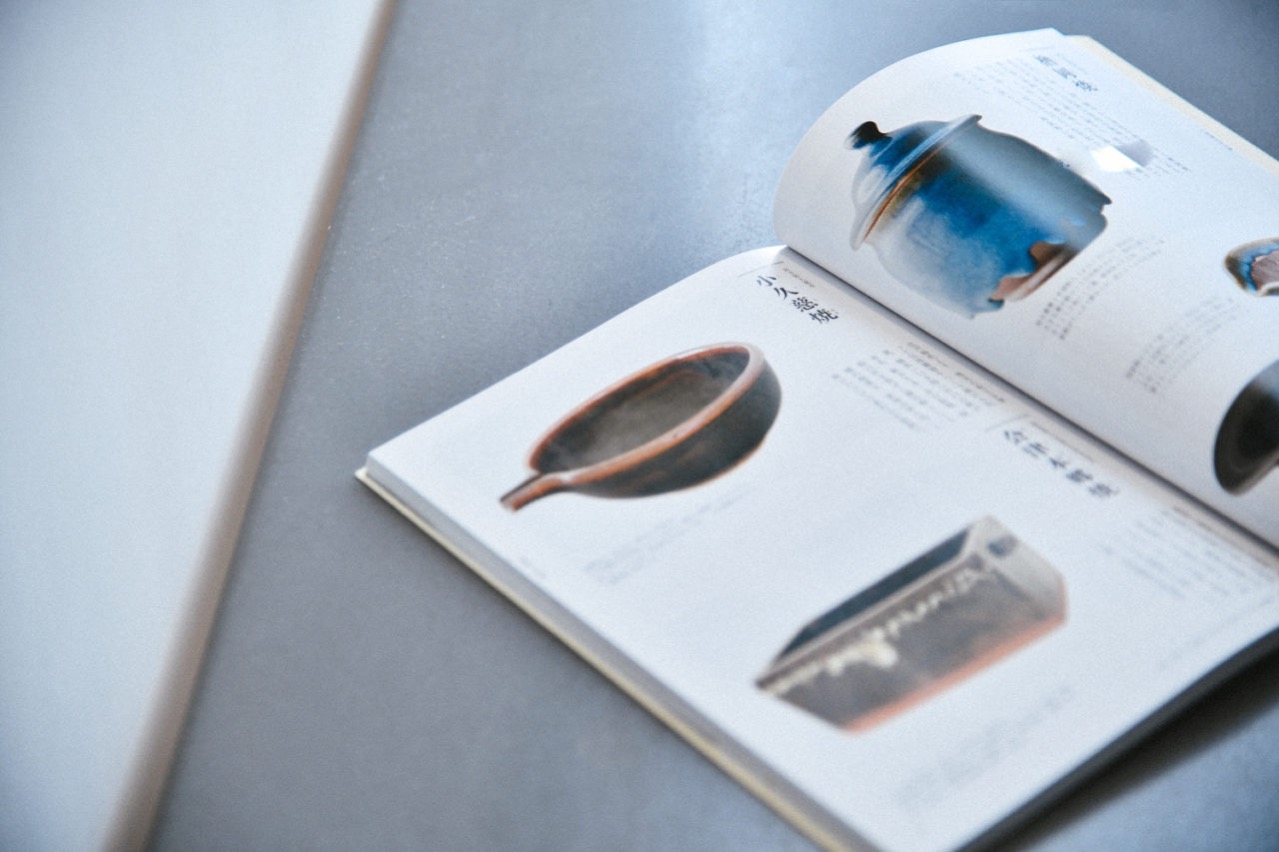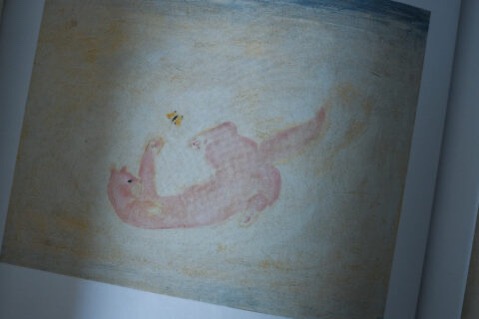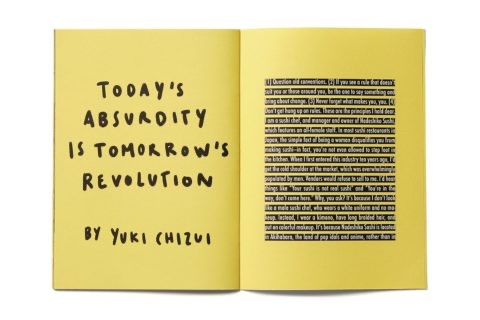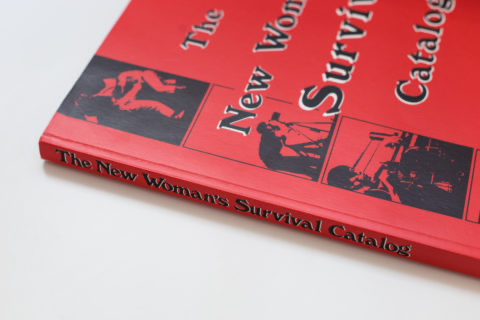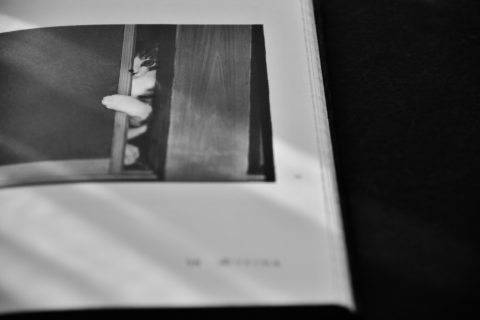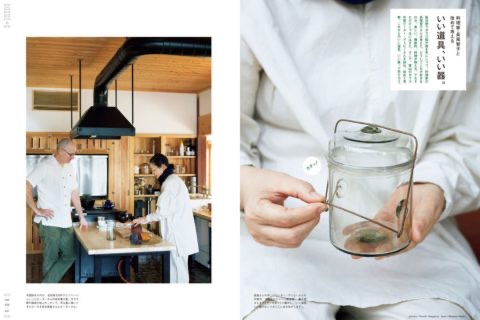
A Guidebook for Contemporary Japanese Folk Craft
- Words / Elva Pang
- Photography / Kimio Ng
- Translation / Iris Heung
The Textbook of Folk Craft by Keiichi Kuno
看過了柳宗悅的《日本民藝之旅》,開始對身邊平凡又不起眼的日常用品改觀,民間工藝品的價值,不比擁有個性簽名、高高的掛在美術館裡的藝術品來得低廉;實在地於生活裡使用的工藝品擁有真誠、樸實的美,為生活中的美增添了深度。柳宗悅在書中記錄了1940年前後的日本手工藝,那麼現今的版本呢?幸好有日本民藝協會的久野惠一承繼柳宗悅的精神,發掘當今日本優秀的手工技藝,並集結成書,讓我們能繼續感受民間工藝品的美好。
After reading A Journey of Japanese Folk Art by Yanagi Soetsu, I started to develop a new perspective to look at everyday objects used in commonplace settings. The value of folk crafts is in no way lower than the signed art pieces hanging high on the museum walls. The crafts which are used constantly in daily life are by themselves an aesthetic experience by wholeheartedly fulfilling utilitarian needs. In the book, Seotsu archived Japanese crafts made around the year 1940. Moving on to our contemporary era, we have Keiichi Kuno from the Japanese Association of Folk Crafts to continue the spirit of Soetsu. Kuno explored around for distinguished pieces of Japanese handicraft in modern times and compiled them into a book, to provide us a gateway to keep on admiring the great works brought by folk craft.
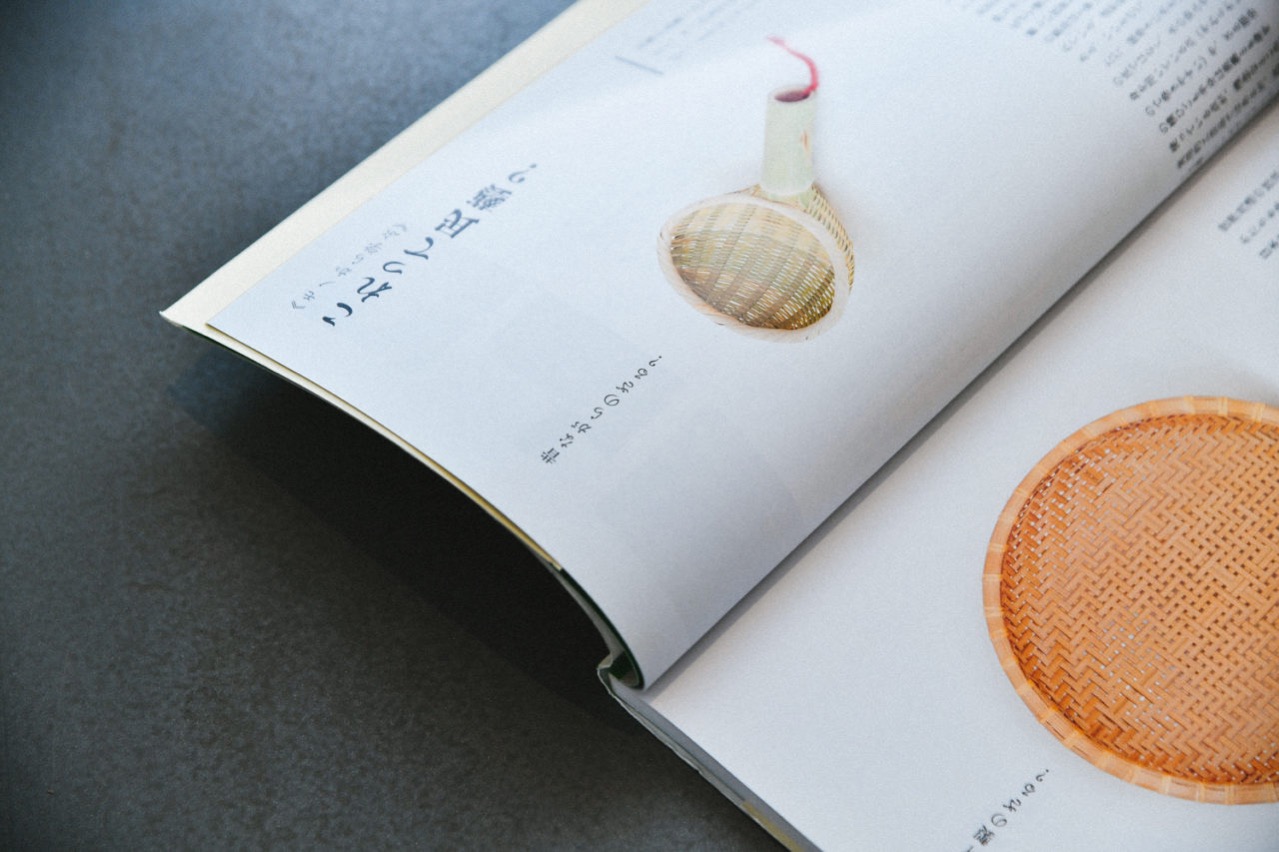
Edited by Keiichi Kuno and written by Kentaro Hagiwara, the textbook series of Japanese folk crafts has compiled a great list of folk crafts. The collection includes various kinds of handicraft such as glassware, metalware, paper, dyes, woven crafts, rattan products, wood crafts, lacquerware, and pottery. Volume six of the series, The Catalogue of Everyday Tools, is a comprehensive compilation of the selected items from the previous five volumes. Even if you are absolutely unfamiliar with Japanese crafts, you will still find this dictionary-like collection easy to read. The book begins with a chapter called “What is folk art?”. The introductory chapter is written in a simple language to give readers an insight into the different kinds of crafts from all over Japan. It aims at inviting readers to look attentively at every piece of daily utensils to see the beauty hidden under their ordinary outlook. The clear typesetting and in-depth content provide a text-book reading experience. Readers would get to understand the history behind every crafted piece and understand the traditional production method. The temperament of the crafts can even be felt by the glittering pictures.
The textile from Mashiko Momen, the woven baskets from Kakunodate, the iron pot from the south, the glassware from Kurashiki, the Inshu-washi paper and the broom from Tonichi… these are all great examples of how folk crafts are intertwined with our everyday life. Their modest grace exudes a subtle harmony that carries the essence of their origins. To experience Japanese culture through folk crafts is perhaps an alternative but exciting cultural journey.
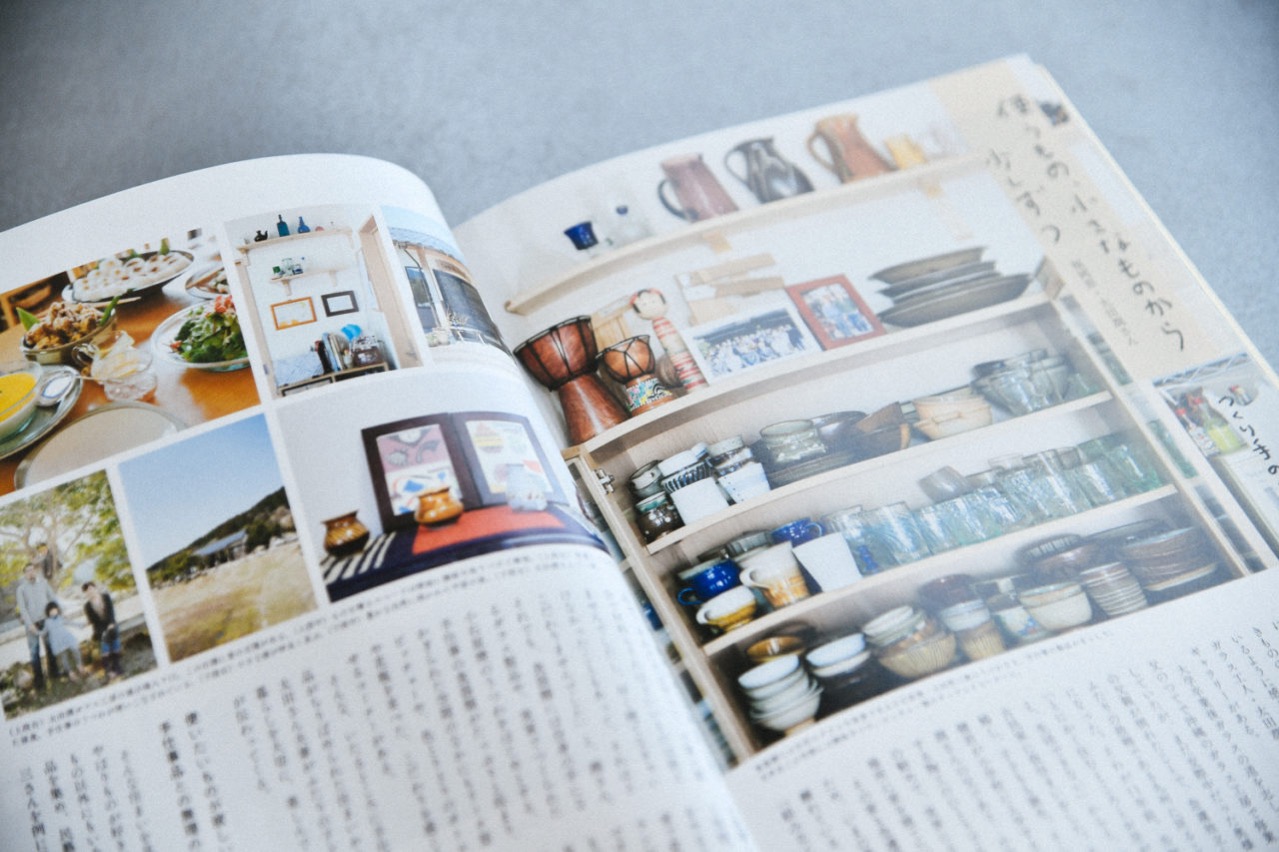
MUJI 3-4/F, Lee Theatre Plaza, 99 Percival Street, Causeway Bay, Hong Kong 2808 0622
- Up next — I Am Not Afraid of Unexpected Love
- Previously — Truck, Toothbrush and Machine
